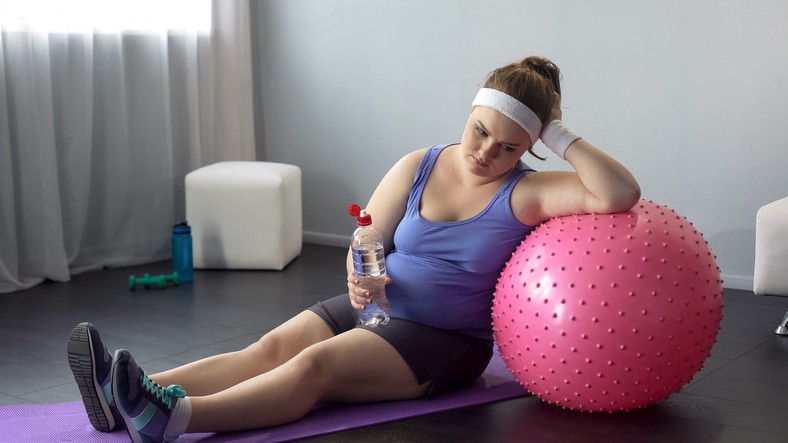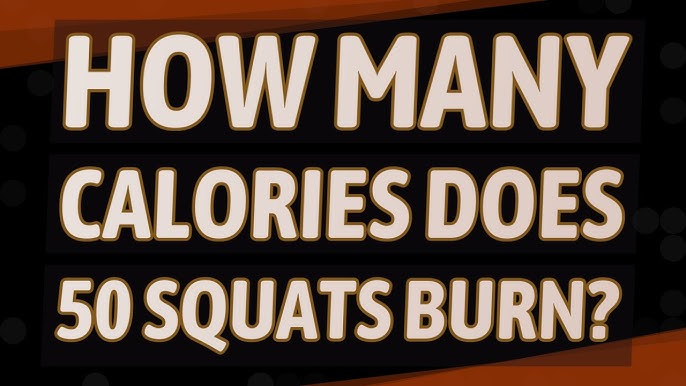
High intensity interval exercise (HIIT) increases your metabolism and improves your anaerobic efficiency. The intense training can also result in an increase of your post-exercise fuel expenditure, also known as excess post-exercise oxygen consumption. Some studies have shown that HIIT burns far more calories than a 40 minute run.
HIIT burns calories faster than a 40 minutes run
HIIT has a lower impact on the mind and body than steady state exercise. HIIT takes less time to do than long runs, or even walking. It can also burn more calories over a shorter period of time. You can maintain high intensity for as little as 20 seconds. This makes it a popular choice among busy people. This method of fat loss is also more effective than running or walking for 40 minutes.

It increases anaerobic performance
HIIT (High Intensity Interval Training) is a type cardio workout in which the body uses the stored glucose it has in its muscles to fuel itself. The body also makes lactic acids as a byproduct. Long distance runners will feel fatigued more quickly than sprinters. This is because their muscles produce lactic acid. It is essential to increase your preload in order to get maximum performance during this type exercise.
It increases metabolism after exercise
Your metabolism is boosted by exercise. It increases the amount of oxygen that you take in after a workout. This increased oxygen consumption lasts from 15 minutes to 48 hours, depending on the intensity of the exercise. Your body's attempts to recover from intense exercise will result in a boost to your metabolism rate. You won't burn more calories if your oxygen consumption increases after a workout. This is because your body needs more oxygen to cool down, repair and return to a normal state. This means your body will work harder for the oxygen it requires, increasing your resting metabolism rate.
It decreases visceral weight
Subcutaneous fat can also be reduced by following a strictly calorie-controlled diet. To monitor your weight loss and monitor how much exercise you are doing, it is important to keep track of your BMI and waist circumference. It may be possible to lose weight and shed visceral fat by using exercise and a low carb diet. However, remember that losing weight is not a cure-all, and you'll still have to deal with your visceral fat.

It improves oxygen consumption
High intensity interval coaching (HIIT), improves post-exercise oxygen usage and reduces bodyfat. It stimulates the release hormones and other compounds which can affect fat loss. The study found that high-intensity interval training increased oxygen consumption by 25%. High-intensity interval training could also be beneficial for your health. It reduces heart rate and lowers blood pressure for obese and overweight individuals.
FAQ
How to create an exercise program?
It is important to establish a routine. It's important to have a plan for each day. This helps you plan ahead, and it will also help you avoid procrastination.
It is important to make sure you are getting plenty of variety from your exercise routine. You don't want to become bored with exercise because then you won't stick with it.
Keep track of your progress. It's important that you keep track of the weight you have gained or lost over time.
It's easy for people to lose motivation when they start by losing weight. On the other hand, if you gain too much weight, it becomes harder to stay motivated.
It is important to find the right balance between weight gain or weight loss. You'll find it harder to exercise if you don't like where you are at the moment.
What should I eat when I fast intermittently to lose weight
You can lose weight by cutting out carbs. This means eliminating carbohydrate-based foods such as pasta, bread, rice, potatoes, or other carbohydrate food.
Also, you should avoid eating too many protein as it can make you feel fuller for longer. So you won’t feel hungry nearly as often.
Instead, focus on foods that contain healthy fats, such as olive oil, avocado, nuts, and seeds. These foods will keep you full for hours after you eat them.
It is vital to ensure that you are drinking enough water. Water is important for your body's ability to stay hydrated and helps you burn more fat.
It is possible that you will find yourself craving these foods while you are fasting. But that doesn't mean you have to give in to those cravings. You might gain more weight if you do.
Try to limit how many calories you eat each day. This will help prevent you from overeating. You can sip water instead of reaching out for another snack when hunger strikes.
It may sound counterintuitive but this has been shown to help you lose weight. One study published in Obesity showed that plain water was more nutritious than sugary drinks.
Drinking plain water also reduced hunger. If you want to lose weight, avoid sweetened beverages and drink water.
You don't have to eat every calorie or avoid certain foods if you are trying to lose weight. Instead, focus on making small changes to your lifestyle.
You can swap your breakfast sandwich for an oatmeal bowl. Or swap your afternoon cookie for a piece of fruit.
These simple swaps can add up over time to help you shed excess weight without spending hours in your kitchen.
How Much Exercise is Required to Lose Weight?
There are many factors that impact the amount you exercise to lose weight. Most people require moderate activity at least five days per week.
The American College of Sports Medicine recommends 150 minutes of moderate-intensity aerobic activity each week, spread over three days.
For example, if your goal is to lose 10lbs, aim for 300 minutes of moderately intense exercise per week. This includes activities such swimming laps (brisk walking), biking, dancing and playing tennis.
If you're just starting out, consider doing 20 minutes of vigorous activity thrice weekly. It could be sprinting, lifting weights, jumping rope or fast walking.
Aerobic exercise can help burn calories as well as build muscle mass. Muscle burns more calories per calorie than fat. So building muscle can help you lose weight faster.
What's the difference between intermittent fasting versus calorie restriction
Calorie restriction means eating less calories than your body requires. Intermittent Fasting is different in that it doesn't restrict calories. Intermittent fasting focuses more on eating fewer calories every day.
Intermittent fasting is more effective because it allows you to enjoy foods you love without feeling guilty.
Each method has its pros and cons. Decide which one you prefer.
How long does weight loss take?
It takes time to lose weight. It usually takes six months for you to lose 10%.
You shouldn't expect weight loss overnight. Your body needs time to adjust to new dietary changes.
This means that you need to slowly change your diet over a period of time, such as a few days or weeks.
You should also stop trying fad diets. They don't work. Instead, you should change your daily routine.
If you are a regular shopper of unhealthy snacks, it is a good idea to stop.
It is better to eat healthier meals early in the evening. This will ensure that you don't snack late at night.
A good habit to follow is to drink plenty of water throughout your day. Water helps to keep your body hydrated and prevents dehydration. Dehydration can cause you to feel tired and sluggish.
It is important to drink plenty of water throughout each day to stay energized.
It is important to reduce stress levels through activities that allow you to relax. Spending quality time with loved ones is one way to reduce stress levels.
You could also read books, watch movies or listen to music.
These activities will help to relax and unwind from stressful situations. They can also help improve your moods and self-esteem.
When you are trying to lose weight, it is important to consider your health first.
Your physical fitness is an indicator of overall health. You should eat right and exercise regularly if you want a fit body.
How long should I fast intermittently to lose weight
The answer is not as simple as you might think. For optimal fat loss, you need to take into account many factors. These are:
-
Your age. Your age. Intermittent fasting is more difficult for younger people under 40. You have less time to recover each day from fasting. If you are older than 60, you might find it difficult to maintain a prolonged period of daily fasting.
-
Your current body composition. If you already have a lot of muscle mass, you'll likely benefit most from longer periods of fasting. For those with less muscle mass, however, you may be able to benefit from shorter fasting times.
-
How physically active. Exercise regularly and you may need to extend the fasting window in order to get enough sleep between workouts.
-
Your past medical history. Extra fasting may be necessary for people who have heart disease, diabetes, cancer, or other medical conditions.
-
How do stress and anxiety affect you? Stressful situations can make us eat more. You might need to lengthen your fasting windows in order not to have this problem.
-
Which type of diet you choose. Certain diets, like ketogenic diets, may require even longer fasting periods.
-
The quality of sleep you receive. Lack of sleep has also been linked to increased appetite and decreased metabolism. It may take some trial and error before you find the right combination.
-
The amount you eat of protein. Protein helps stabilize blood sugar levels, which means that eating more protein could potentially lead to lower insulin levels. This would allow for you to fast more often.
-
It doesn't matter if you want to gain or lose fat, those who are trying for weight gain will often require longer fasting periods.
-
What percentage of calories do you consume during your fasting window? Fasting for fewer calories per days may lead to greater fat loss than fasting with more calories.
-
Your overall fitness. People who are fit and fast burn more calories per day.
-
Your gender. Men have greater appetites than women and may need to fast longer. Women may only fast for 20-30 mins each morning because they have a smaller appetite.
-
Your lifestyle. Are you someone who gets plenty of physical activity? Do you workout several times each week? Is your job a long, sedentary one? These factors can impact how fast you should be moving.
-
What amount do you spend on food each month? Eating healthy foods doesn't necessarily mean spending much money on groceries. Whole grains can be replaced by white bread, fruits can replace candy bars, and lean cuts of meat can be used to save money.
-
How important it is for you to control your hunger. You may not have to fast as often if it is important to eat regularly.
Statistics
- A 12-week study in 20 women with obesity found that walking for 50–70 minutes 3 times per week reduced body fat and waist circumference by an average of 1.5% and 1.1 inches (2.8 cm), respectively (healthline.com)
- Another study found that 24 weeks of weight training led to a 9% increase in metabolic rate among men, which equated to burning approximately 140 more calories per day. (healthline.com)
- According to a study sponsored by the American Council on Exercise, a person weighing around 140 pounds (64 kg) would burn 108 calories at a 30-minute beginner's Pilates class or 168 calories at an advanced class of the same duration (26). (healthline.com)
- According to Harvard Health, it's estimated that a 155-pound (70-kg) person burns roughly 112 calories per 30 minutes of weight training (5). (healthline.com)
External Links
How To
How to exercise for weight loss
The best way to lose weight is through exercise. Many people don’t know how exercise should be done. Cardio exercises like running, cycling and swimming should be combined with strength training exercises like pulling ups, pushups and squats. Combining these two types is the best way for you to lose weight. Begin exercising by finding friends to help you. You can either go to the gym or walk around your local area. No matter which type of activity, you need to be consistent with it. It's easy not to stick with a routine when you first start working out. Just keep at it!